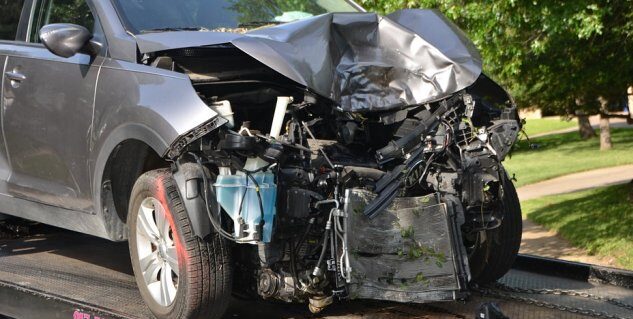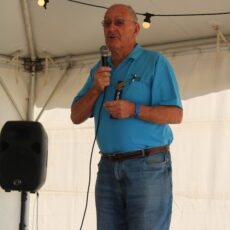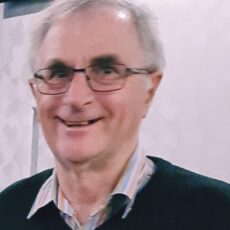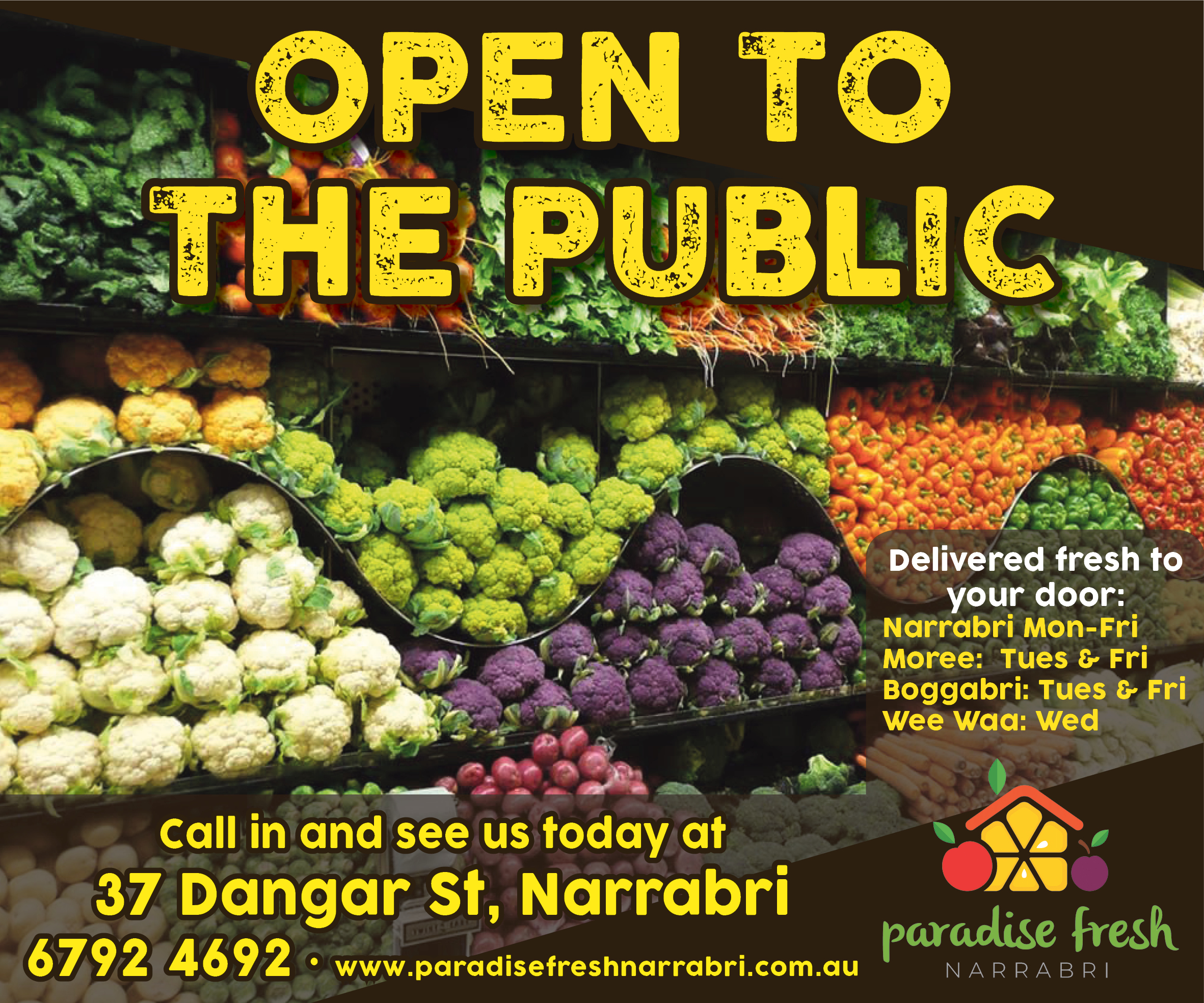Written by Michael McCormack (Acting Prime Minister, Minister for Infrastructure, Transport and Regional Development and Member for Riverina).
It is an idyllic scene … a gently curving country road leading to two rolling hills.
As you head south towards Wagga Wagga on the Olympic Highway at a spot on the map called Brucedale, a forest of splendid gums on your left abuts ordered rows of olive trees whilst the paddocks opposite, in spring, burst into brilliant canola yellow as far as the eye can see.
On the edge of the second hill, also on the left, is a dusty little track – Mary Gilmore Road – named in honour of a former local, the renowned writer and great-great aunt of Prime Minister Scott Morrison.
Just a little further along, on the right, is a quaint stone building – at one time the school she attended in the 1870s.
At first glance and if you did not know otherwise, this is a beautiful, serene part of regional Australia.
It is less than a kilometre from where I grew up on our family farm.
Sadly, however, this was also the place where in February 1984 a horrific collision occurred which at the time was one of the Riverina’s worst road tragedies with four lives being taken – all from the one family.
Then, unbelievably, just one week later, six people were killed in a shocking crash near Temora.
Ten dead in a week.
Eight adults. Two children. And 13 youngsters who would now live their lives having lost a parent or both their mother and father.
I remember the time all too well. As if it were only yesterday.
A 19-year-old cadet reporter, I was just finishing my shift at The Daily Advertiser when the newspaper’s chief of staff, hearing the Brucedale crash was close to where I lived, asked me to check it out on my way home and phone in with details.
There were no mobile phones in those days.
What confronted me that day was awful.
A head-on crash involving a car, with a single occupant, and a van, carrying a family of six from Victoria.
All of the deceased were travelling in the van, a brand-new vehicle, being driven by a Vietnam veteran on his way to Queensland to see a war buddy.
The parents, both in their early 30s, and their four-year-old daughter, who had been thrown clear of the van, died at the scene whilst a seven-year-old girl succumbed to internal injuries in hospital three days later.
Two children, a 13-year-old girl, who was deaf, and a boy, aged 9, were orphaned.
Too tragic for words.
Every road death is the same. Heart-breaking. Terrible. Unnecessary.
Someone’s parent … sister … brother … daughter … son. Someone. Someone who loved and was loved. Someone who left us too soon.
I have travelled on that road so many times since and each time I pass that spot I remember.
I recall the devastation. The anguish. The frantic yet professional care and support of the first responders.
The looks on the faces of the young ones left behind. I often wonder whatever became of them.
I phoned the story through on the landline from home and it made the front page the following day.
It was my job then to report the news … calmly, clinically and accurately.
But it is hard not to let something such as that affect you.
Road safety is something about which I am passionate.
My ministerial roles now give me the unique opportunity to do what I can to help reduce road fatalities and trauma as we, as a government and as a nation, work towards zero.
This is why we are investing heavily into better roads as part of our $110 billion infrastructure roll-out across the nation.
This investment comes in many forms, from large-scale highway upgrades to the Bridges Renewal Program ($676 million over eight years) and Heavy Vehicle Safety and Productivity Program ($538m over 10 years).
Roads to Recovery, supporting maintenance of local road infrastructure, is receiving a massive injection of $2.64 billion from 2019-20 to 2023-24.
Since this program began in 2001, councils across Australia – there are now 537 of them – have used the funding to repair and upgrade at least 60,000 road sites.
And there’s much more underway: In New South Wales, this year $50.6m is targeting known accident sites under the Black Spot Program – funding safety measures from traffic signals and roundabouts to turning lanes, safety barriers and better lighting.
Up to $540m is available across New South Wales under three tranches of the Road Safety Program.
Works can include safety treatments such as shoulder sealing and the installation of rumble strips, to support the safe return of vehicles from the shoulder into the travel lane; physical barriers to prevent run off road crashes; and median treatments to prevent head-on vehicle collisions.
This new program is part of the ongoing commitment to improving road safety and reducing the number of deaths and serious injuries on our roads; the national Office of Road Safety is supporting the government’s road safety agenda, including by working closely with states, territories and councils.
Funding under the two phases of the Local Roads and Community Infrastructure Program is up to $444m across New South Wales.
Examples of works are a bridge or tunnel, street lighting equipment, traffic signs, traffic control equipment or a facility off the road used by heavy vehicles.
This program supports local councils to deliver priority local road and community infrastructure projects, supporting jobs and the resilience of local economies to help communities bounce back from the COVID-19 pandemic.
Vehicles are vastly safer now than in 1970 when the national road toll peaked at 3798.
Road safety resources and actions are also more prominent today and rightly so.
Record federal funding, with state and local government contributions, saved lives last year and will continue to do so as we build better, safer roads in the future.
The duplication of the Pacific Highway, as just one example, has halved the road toll on what was once a corridor of carnage.
Upgrades continue to major NSW highways such as the Newell and Princes and on other busy byways as well as local streets in your neighbourhood.
These works are saving lives and avoiding trauma.
But we cannot legislate against stupidity.
As the Daily Telegraph reported early this month, police charged 340 drink-drivers and issued 6978 speeding fines while four people have died on NSW roads over the double-demerit Christmas period; one of those fined included a P-plater, 20, who police caught allegedly going 180km/h in a 100km/h zone. Traffic and Highway Patrol Commander, Assistant Commissioner Karen Webb, appealed to all road users to make a safe start to 2021.
Road safety is everyone’s issue – let’s make it even more so this year.
To order photos from this page click here







